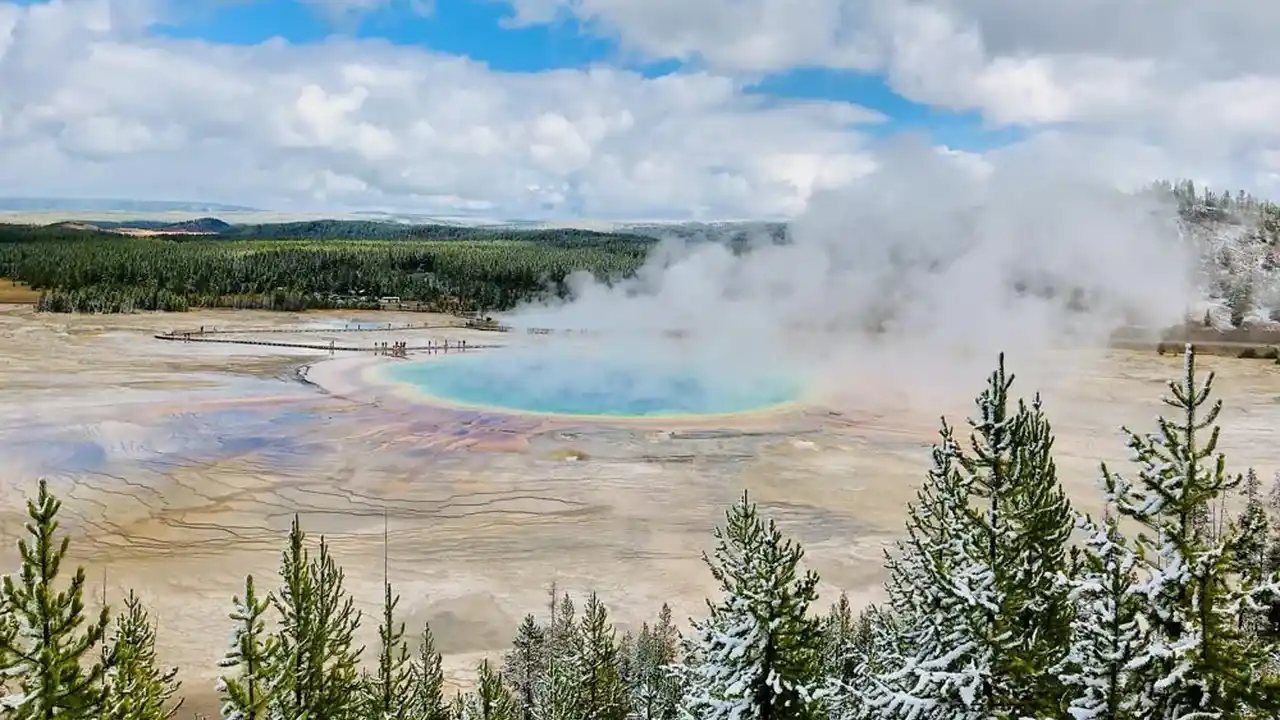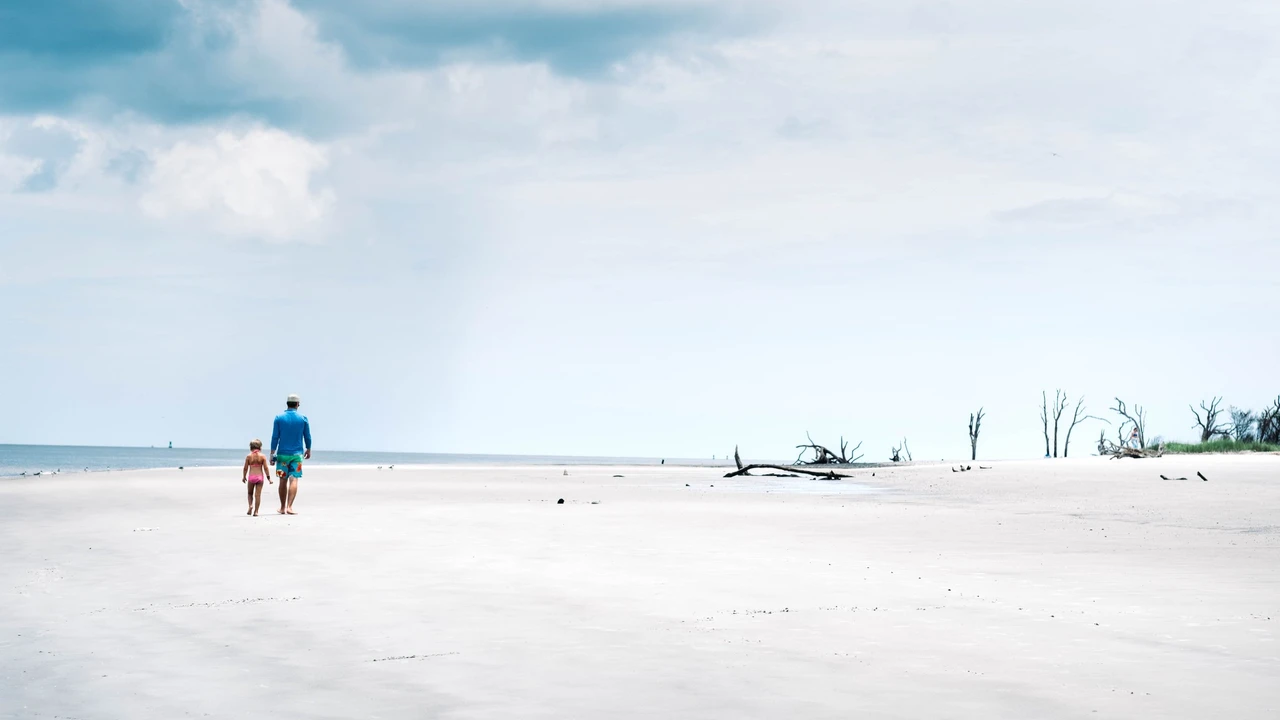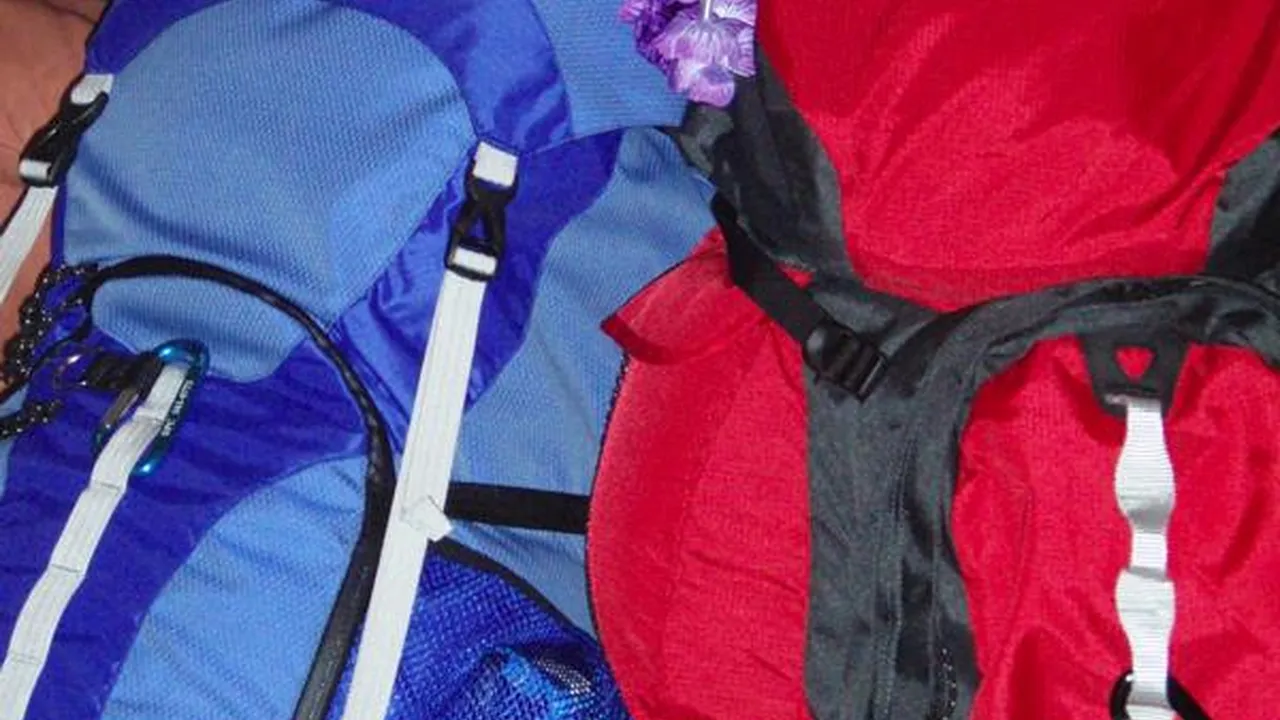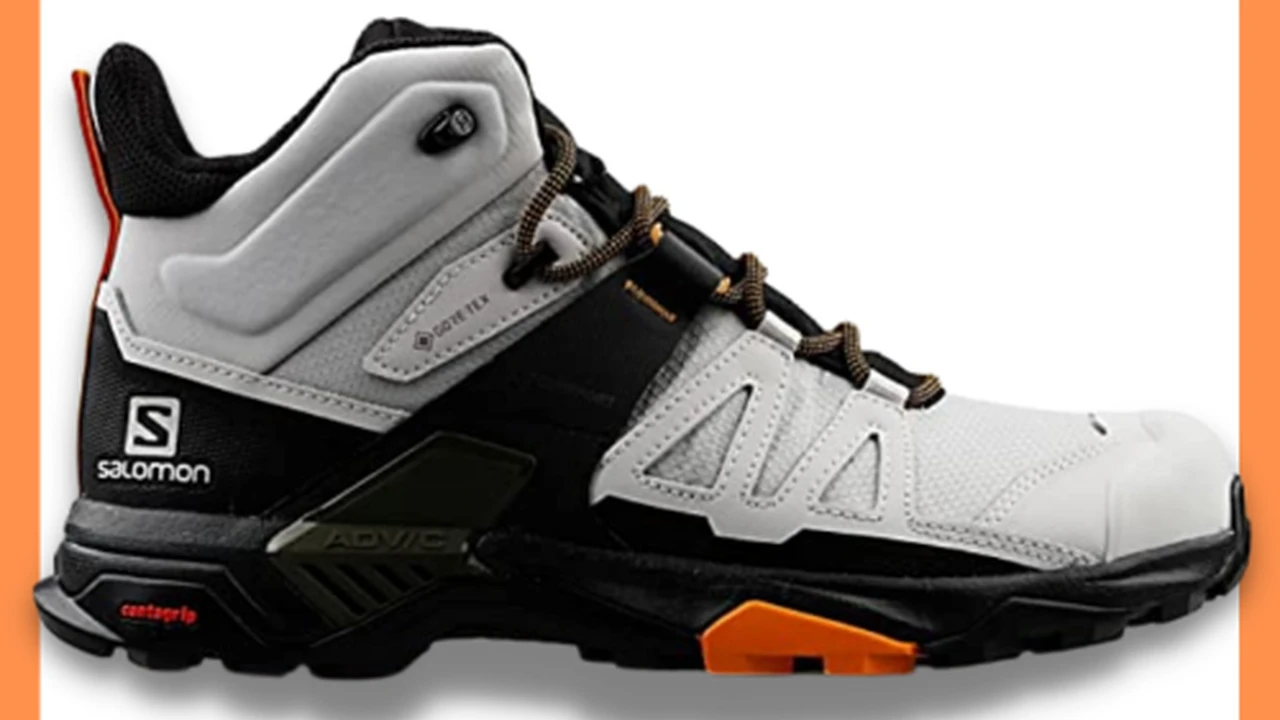Adventure Travel First Aid Essentials
Prepare for the unexpected with our guide to essential first aid supplies for adventure travel. Learn what to pack, how to use it, and how to handle common injuries on the go. Stay safe and confident on your next adventure, whether you're hiking, climbing, or exploring remote areas.
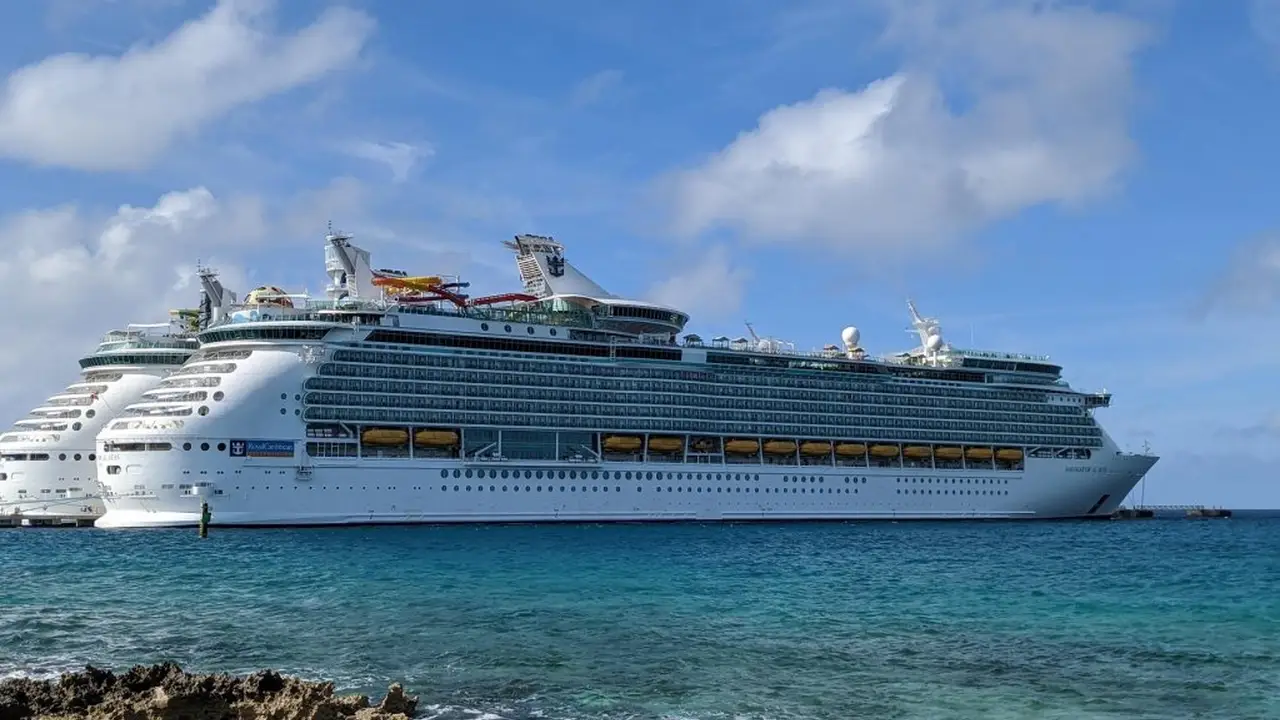
Why a First Aid Kit is Non-Negotiable for Adventure Travel: Safety First
Okay, let's be real. Adventure travel is awesome. Think epic hikes, stunning landscapes, and unforgettable experiences. But it also comes with risks. A twisted ankle on a remote trail? A nasty scrape while scrambling over rocks? A sudden allergic reaction miles from civilization? That's where a well-stocked first aid kit becomes your best friend. It's not just a nice-to-have; it's a *must-have* for staying safe and confident on your adventures.
Building Your Adventure Travel First Aid Kit: Essential Supplies Checklist
So, what exactly should you pack? Here's a breakdown of the essentials:
- Wound Care: Band-aids (various sizes), sterile gauze pads, antiseptic wipes, adhesive tape, blister treatment (like moleskin).
- Pain Relief: Pain relievers (ibuprofen or acetaminophen), antihistamines (for allergic reactions), anti-inflammatory cream.
- Tools: Tweezers, small scissors, safety pins, thermometer.
- Medications: Any personal prescription medications, diarrhea medication, motion sickness medication (if needed).
- Other Essentials: Sunscreen, insect repellent, hand sanitizer, hydration tablets, electrolyte replacements.
Remember to tailor the kit to your specific adventure and destination. Are you going to a tropical area? Pack extra insect repellent and anti-itch cream. Heading to high altitude? Include medication for altitude sickness. Think about potential risks and pack accordingly.
Specific Product Recommendations: First Aid Kits and Individual Components
Let's dive into some specific products that I personally recommend, along with their pros, cons, and typical price points. Keep in mind prices can fluctuate, so always double-check before buying!
Pre-Assembled First Aid Kits
These are great for convenience, especially if you're just starting out.
- Adventure Medical Kits Ultralight Watertight .7 Medical Kit:
- Pros: Lightweight, waterproof, comprehensive for short trips.
- Cons: May need to supplement for longer trips or specific needs.
- Typical Price: $30-40
- Use Case: Perfect for day hikes, weekend camping trips, or minimalist backpacking.
- Deuter First Aid Kit Active:
- Pros: Well-organized, durable, includes essential supplies.
- Cons: Slightly heavier than ultralight options.
- Typical Price: $45-55
- Use Case: Ideal for longer backpacking trips, family camping, or international travel.
- Coleman All Purpose Mini First Aid Kit:
- Pros: Very affordable, compact, good for basic needs.
- Cons: Limited supplies, not suitable for serious injuries.
- Typical Price: $10-15
- Use Case: Great for keeping in your car, daypack, or for quick access to basic first aid.
Individual Components Worth Considering
Building your own kit allows for customization, but requires more research and effort.
- Band-Aids:
- Recommendation: Band-Aid Brand Flexible Fabric Adhesive Bandages.
- Why: They stay on well, are comfortable, and come in various sizes.
- Price: ~$5-8 for a box of assorted sizes.
- Use Case: Covering minor cuts, scrapes, and blisters.
- Antiseptic Wipes:
- Recommendation: BZK Antiseptic Towelettes.
- Why: Convenient, individually wrapped, and effective at cleaning wounds.
- Price: ~$5-10 for a box of 100.
- Use Case: Cleaning wounds before applying bandages.
- Blister Treatment:
- Recommendation: Moleskin.
- Why: Provides cushioning and prevents further friction on blisters.
- Price: ~$5-7 per roll.
- Use Case: Preventing and treating blisters on feet.
- Pain Relievers:
- Recommendation: Ibuprofen (Advil or Motrin) or Acetaminophen (Tylenol).
- Why: Effective for pain relief and reducing inflammation.
- Price: ~$8-12 for a bottle of 100 tablets.
- Use Case: Relieving headaches, muscle aches, and other pain.
- Tweezers:
- Recommendation: Splinter Out.
- Why: Sharp, precise, and easy to use for removing splinters and ticks.
- Price: ~$8-12.
- Use Case: Removing splinters, ticks, and other small objects from the skin.
Comparing First Aid Kit Options: Pre-Assembled vs DIY
Choosing between a pre-assembled kit and a DIY kit depends on your experience, budget, and specific needs. Pre-assembled kits offer convenience and are a great starting point. However, they may not always contain everything you need, and you might end up paying for items you don't use. DIY kits allow for complete customization, ensuring you have exactly what you need. But they require more research and effort to assemble.
Consider these factors when deciding:
- Trip Length: Longer trips require more comprehensive kits.
- Destination: Different environments pose different risks.
- Group Size: More people require more supplies.
- Medical Experience: If you have medical training, you might prefer a DIY kit to tailor it to your skills.
- Budget: Pre-assembled kits can be more expensive than DIY kits if you already own some of the supplies.
Using Your First Aid Kit: How to Handle Common Injuries
Having a first aid kit is only half the battle. Knowing how to use it is crucial. Here's a quick rundown of how to handle some common injuries:
- Cuts and Scrapes: Clean the wound with antiseptic wipes, apply antibiotic ointment, and cover with a bandage.
- Blisters: Clean the area, apply moleskin to prevent further friction, and consider draining the blister if it's large and painful (use a sterile needle).
- Sprains and Strains: Rest, ice, compression, and elevation (RICE). Consider using a bandage for support.
- Allergic Reactions: Administer antihistamines (if available) and seek medical attention if the reaction is severe.
- Insect Bites and Stings: Clean the area, apply anti-itch cream, and monitor for signs of allergic reaction.
Important Note: This is not a substitute for professional medical advice. Seek medical attention for serious injuries or illnesses.
Maintaining Your First Aid Kit: Keeping it Ready for Action
Your first aid kit is an investment in your safety, so it's important to maintain it properly. Here are a few tips:
- Check Expiration Dates: Regularly check the expiration dates of medications and other supplies, and replace them as needed.
- Restock Used Items: Replenish any items you use as soon as possible.
- Keep it Organized: A well-organized kit is easier to use in an emergency.
- Store it Properly: Store your kit in a cool, dry place, away from direct sunlight.
- Familiarize Yourself: Take some time to familiarize yourself with the contents of your kit and how to use each item.
First Aid Kit Considerations for US vs Southeast Asia Travel
While the basics of a first aid kit remain the same, there are some specific considerations for traveling in the US versus Southeast Asia.
United States:
- Accessibility to Medical Care: Generally good, but can be limited in remote areas.
- Common Risks: Hiking injuries, wildlife encounters, sun exposure.
- Kit Focus: Wound care, pain relief, sun protection, insect repellent.
- Special Considerations: Allergies (especially to poison ivy/oak), altitude sickness in mountainous regions.
Southeast Asia:
- Accessibility to Medical Care: Varies greatly, can be limited or expensive in some areas.
- Common Risks: Dengue fever, malaria, traveler's diarrhea, food poisoning, scams.
- Kit Focus: Water purification, diarrhea medication, insect repellent (with DEET), sunscreen, antiseptic wipes, rehydration salts.
- Special Considerations: Vaccinations (check with your doctor), malaria prophylaxis (if recommended), awareness of local scams.
Final Thoughts: Peace of Mind on Your Adventure
A well-prepared first aid kit is more than just a collection of supplies; it's a source of peace of mind. Knowing you have the tools and knowledge to handle minor injuries and illnesses allows you to relax and fully enjoy your adventure. So, take the time to build or buy a kit that meets your needs, and don't forget to familiarize yourself with its contents. Happy and safe travels!
:max_bytes(150000):strip_icc()/277019-baked-pork-chops-with-cream-of-mushroom-soup-DDMFS-beauty-4x3-BG-7505-5762b731cf30447d9cbbbbbf387beafa.jpg)



